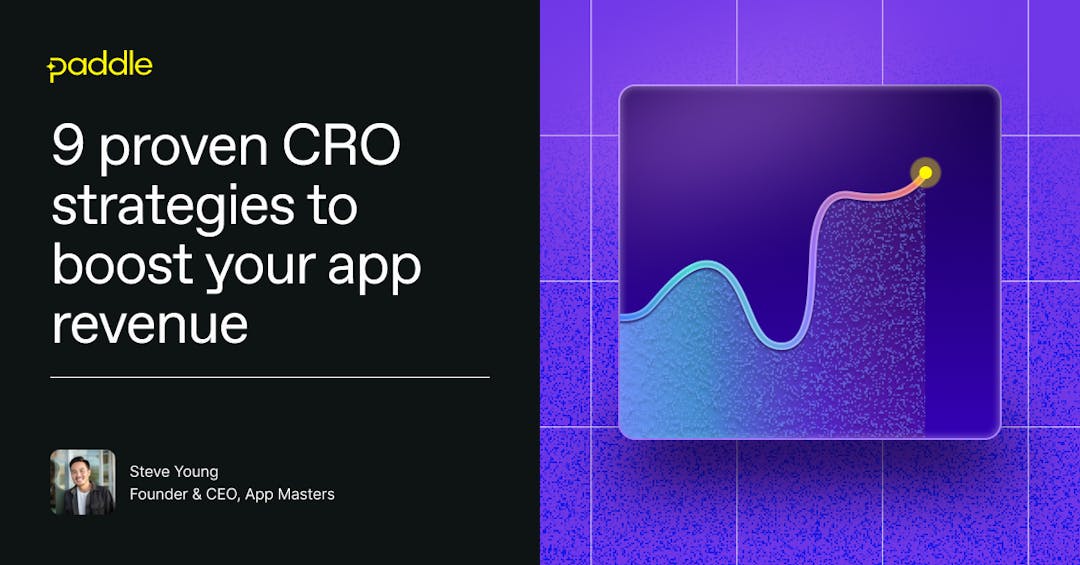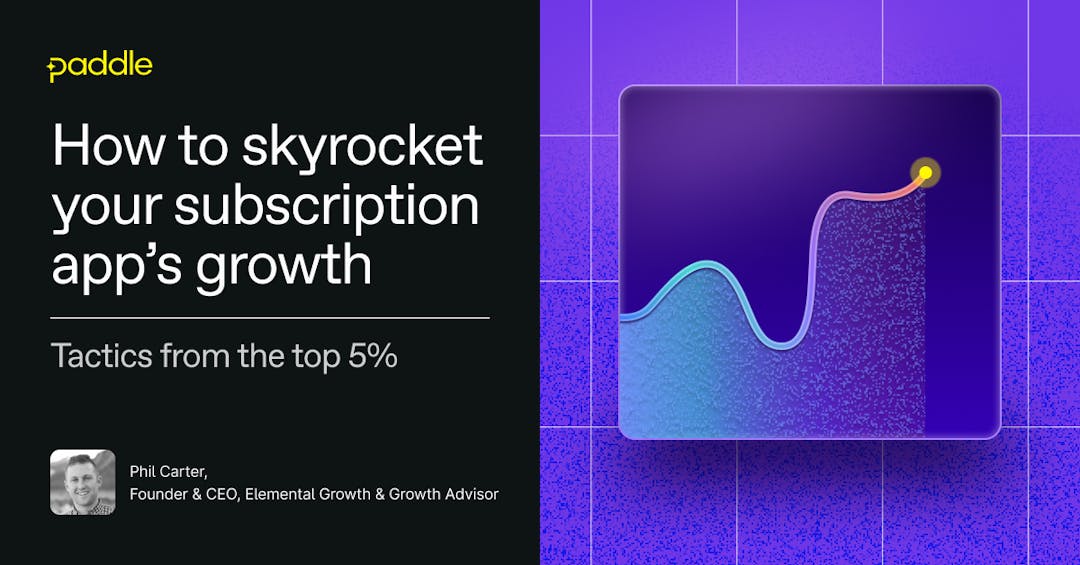Wouldn't it be great to sell your mobile app with all the exposure benefits of app stores, but without the rules, fees, and restrictions around ad tools and analytics? Well, now you can.
Launching your mobile app on the likes of Google Play and Apple’s App Store used to be the only way to generate downloads and sales, but developers are now bypassing app stores by publishing directly on the web.
In the mobile app landscape, launching web funnels (also known as ‘web2app’, ‘web2web’, ‘web payments’ and ‘web stores’) is the latest trend - unlocking revenue growth with greater control, a wider variety of tools, and lower commissions.
So, why are developers selling on the web and how can you set up a profitable ‘web’ store? Here’s the lowdown.
Why sell your mobile app directly on the web?
There are over 5 million mobile apps on the Google Play and Apple App stores. They bring huge benefits to app developers especially when it comes to distribution, but joining the club comes at a cost. From influencing app design and deployment to imposing fees and regulations, app stores can be an expensive straightjacket, restraining your flexibility and revenue generation capacity.
You can read about Apple’s DMA Changes, and what this means for in-app purchases, here.
A lot of mobile apps are struggling with growing revenue because of the high commissions of app stores and the restricted user acquisition approaches. But web funnels unblock all of this stuff.
In particular, web funnels enable you to:
- Reach a bigger audience - Web funnels open up your app to all internet users, not just app store customers. With only a 15% audience overlap between web and app stores, this wider audience is also largely untapped with different behaviors, payment tenancies, willingness to pay and marketing responsiveness than app store users. Reaching international markets, managing local currencies, and localizing marketing efforts can be more challenging with app store constraints. There’s also less competition on the web and higher scalability.
- Boost your revenue - Say goodbye to app stores’ 30% commission and platform fees. With web funnels and selling outside the app store, you drive a higher lifetime value (LTV) by saving on those commissions and also offering different subscription models that enhance retention. You could, for example, offer flexible trials or better-value subscriptions over monthly ones.
- Improve your marketing - With no IDFA or SKAdNetwork (SKAN) restrictions, you have a better gauge of marketing performance when selling through web funnels. Greater clarity on marketing campaigns enables you to test adverts with less budget, analyze channel traffic, pinpoint purchase attribution and execute quicker iterations of what’s working.
- Retain more users - Inflexible subscription management reduces your ability to combat churn. But with web funnels, you have greater oversight of churn risks and can implement strategies to keep wavering customers, such as deploying cancellation surveys or win-back offers (without the 30% commission, you also have greater scope to make generous offers).
Launching web funnels: the challenges
While the benefits are compelling, it's not always so simple to launch web funnels. It's difficult to make mobile app monetization work in terms of performance and economics.
When launching a web funnel for B2C and B2B, there are several technical challenges to deal with, such as billing, attribution, and analytics to name a few.
First, you need to set up and manage your own payments stack, which not only offers localized payment options per country but also collects and remits sales tax for everywhere your app is downloaded.
You need to build it properly, especially on the billing side. Things like your checkout, payment methods, and deals should work perfectly and with different currencies for different regions.
What’s more, you need to embed a flexible subscription mechanism into your product, which converts users and offers flexible discounts or shorter renewal periods.
You need to know how to sell a subscription, how to sell a trial, how to sell upsells after a subscription etc. Knowing how to pack all this technical stuff into the product, while making it consistent in terms of marketing and mechanics, is the biggest change for web apps.
Launching web funnels: expert tips
Want to drive sales through your own web store? There are two ways you can do it: build or buy.
Option 1 - Build everything in-house
This requires hiring additional web developers and closely monitoring the ongoing development work. You’ll also need external experts to handle local taxes, exchange rates, billing, refunds and chargebacks.
It’s possible to do this but will cost you in time and resources (both pre and post-launch with ongoing app tweaks).
The drawback of the in-house solution is that it takes a long time to implement properly and you’ll need to hire front-end developers, back-end developers, and a new web stack team. On top of that, web funnels require ongoing optimization and each iteration would be another development cycle to consider.
Option 2 - Buy ready-made third-party services
Using third-party services is a simpler way to launch your app on the web. For example, a web2app solution like FunnelFox provide templates and best practices for web funnel optimization. Meanwhile, a merchant of record payment solution like Paddle allows you to outsource your billing infrastructure and maintenance, as well as tax and compliance for every payment. This way, you can focus more on your product and less on technical hurdles.
Funnelfox has an inbuilt integration into Paddle allowing customers of both platforms to configure and start selling subscriptions easily and quickly. You can access and interpret real-time subscriptions and revenue data in one dashboard and filter, group, compare, and measure app revenue metrics with ease.
It’s easier to start by doing it this way as you can just focus on your product and the storytelling that you use for selling subscriptions.
Listen to your customers
Whether you build or buy, selling your mobile app directly on the web is a great strategy as long as it makes sense for your target customers.
Digital note-taking app Goodnotes is a prime example.
“Many of our users are students who may want to access our apps via different devices at school, at the library, or at home,” said Patrick Yip, Product Lead, Marketplace at Goodnotes.
“With that in mind, it has been a priority for us to enable our users to have access to our app wherever they go.”
With Paddle supporting its payment infrastructure, Goodnotes made its apps available via web funnels and now supports 24 million active customers across 144 countries without any billing or tax complications. Check out the full Paddle and Goodnotes story here.
Want to learn more about selling your mobile app on the web?
Save your spot for our webinar with FunnelFox and Adapty where you'll learn:
- Factors to consider before selling your mobile app on the web.
- How to launch your web funnel and store with FunnelFox and Paddle.
- Tactics developers are using to increase sales outside the app stores.
Sign up here





